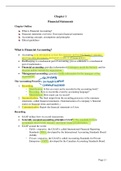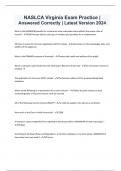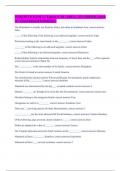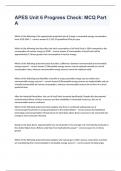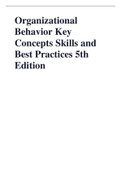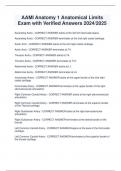College aantekeningen
Study Notes for 2nd year Introduction to Financial Accounting course
- Vak
- Instelling
- Boek
These complete study notes include detailed information on the key concepts of Financial Accounting with examples of recording transactions to help improve clarity. It is based on the textbook "Financial Accounting. Seventh Canadian Edition Plus MyLab Accounting with Pearson eText -7th edition. Tho...
[Meer zien]
